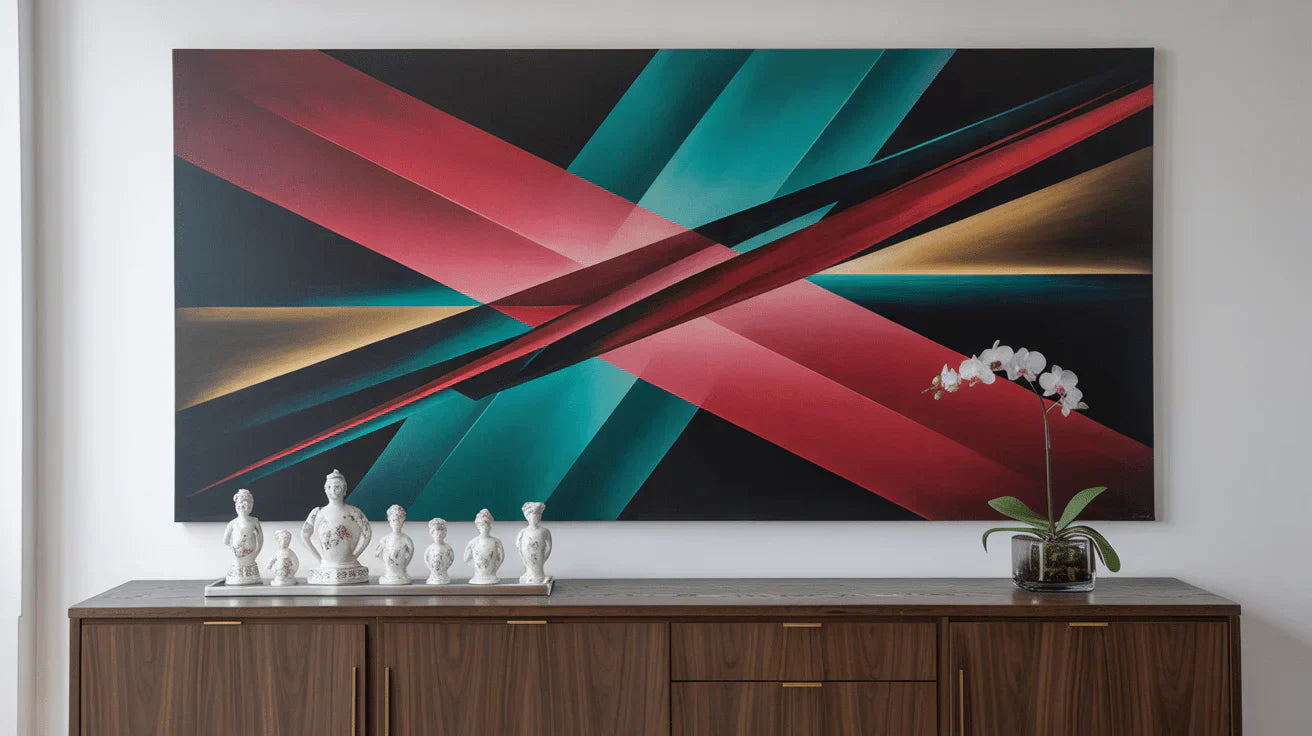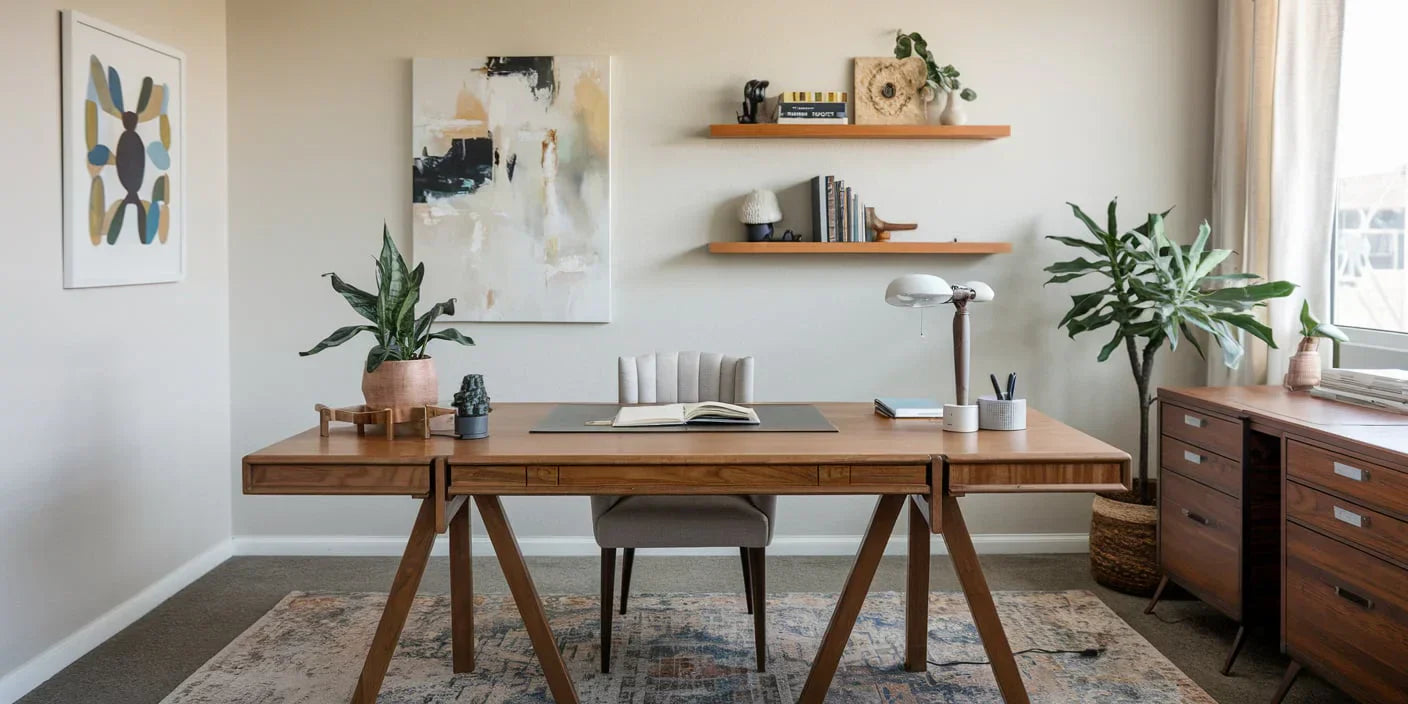When selecting new flooring, homeowners often deliberate between solid hardwood and engineered hardwood. While both showcase the natural beauty of wood with their distinctive grains and warmth, their construction differs significantly—impacting durability, cost, installation, and long-term value. Understanding these distinctions will help you select the ideal flooring to suit your home, lifestyle, and budget.
Hardwood vs. Engineered Hardwood
Material & Construction:
- Solid Hardwood is made entirely from natural hardwood, offering an authentic and timeless appeal.
- Engineered Hardwood consists of a thin layer of real hardwood bonded to a plywood core, combining aesthetic appeal with enhanced stability.
Lifespan & Maintenance
- Solid Hardwood is highly durable and can last between 30 and 100 years. It can be sanded and refinished multiple times, even with deep sanding, to restore its appearance.
- Engineered Hardwood typically lasts 20 to 40 years. It can only withstand one or two light sandings, depending on the thickness of the top veneer, which should not exceed 3/32-inch.
Dimensions
- Engineered Hardwood offers greater flexibility in dimensions, with plank thickness ranging from 3/8-inch to 9/16-inch, widths from 2 1/4 inches to over 10 inches, and lengths between 12 and 60 inches.
- Solid Hardwood is generally thicker and more substantial, with a standard plank thickness of 3/4-inch, traditional widths of 2 1/4 to 5 inches (though wider boards are now available), and lengths up to 84 inches.
Moisture Resistance & Installation
- Engineered Hardwood provides good resistance to moisture, making it suitable for use with underfloor heating. It can be installed using various methods, including nail-down, floating, or glue-down.
- Solid Hardwood is more susceptible to warping in humid or damp conditions and is typically installed using the nail-down method only.
Cost Considerations
- Engineered Hardwood is priced between $4.50 and $16 per square foot.
- Solid Hardwood ranges from $5 to $28 per square foot, with prefinished options typically costing between $6 and $12 per square foot.
Appearance & Feel
Solid wood showcases unique grain patterns, knots, and natural colour variations that mature gracefully. Over time, it develops a cherished patina that adds character.
Engineered wood closely mimics this look, though plank lengths may be shorter. Higher-quality versions with thicker veneers are nearly indistinguishable from solid wood once installed.

Cost Comparison
- Solid hardwood: Generally priced between £8 and £35 per square metre, plus installation.
- Engineered hardwood: More budget-friendly, typically ranging from £6 to £20 per square metre. Floating floor options can further reduce installation costs.
Lifespan & Refinishing
Solid wood can be sanded and refinished multiple times, often lasting 50–100 years with proper care.
Engineered wood’s lifespan depends on its wear layer. High-quality versions last 30–40 years but can usually only be refinished once or twice.
Underfoot Sound & Acoustics
Solid wood offers a firm, solid feel but does little to dampen sound. An additional underlay may be needed in flats or multi-storey homes.
Engineered wood—particularly floating installations—can feel slightly softer. Many products include integrated underlay, which helps reduce noise.

Moisture Resistance
Solid wood is susceptible to swelling or warping in damp conditions and is not recommended for basements, kitchens, or bathrooms.
Engineered wood handles humidity far better, making it suitable for most rooms—including those with underfloor heating.
Cleaning & Maintenance
Both types require regular sweeping and prompt spill clean-up. Scratches or wear on solid wood can be sanded out entirely, while engineered wood offers more limited refinishing options.
Overall Durability
Solid wood stands up exceptionally well to decades of use. Engineered wood is also hard-wearing, though its longevity is tied to the thickness of the top veneer.
Installation Methods
Solid wood must be nailed to a wooden subfloor and generally requires professional fitting.
Engineered wood offers versatile installation: nailed, glued, or floated—making it a popular choice for DIY projects and concrete subfloors.
Plank Sizes & Design Flexibility
Solid wood tends to be thicker (around 19mm) with traditional widths and longer lengths for a seamless aesthetic.
Engineered planks are slimmer but available in wider dimensions—some over 250mm—ideal for creating a contemporary, open feel.
Impact on Home Value
Solid wood floors are often viewed as a premium, lifelong investment and can significantly boost resale value.
Engineered wood also adds value, though potential buyers may perceive it as less permanent due to its shorter refinishing lifecycle.
Environmental Considerations
Engineered wood makes efficient use of timber resources, with only the top layer comprising solid hardwood.
Solid hardwood is a natural material that—when sourced responsibly—offers exceptional longevity, reducing the need for replacement.

Conclusion: Prioritise Quality
No matter which option you lean toward, quality should guide your decision. Lower-grade solid wood may contain imperfections, while cheap engineered products can wear prematurely.
At Tribesigns, we apply the same thoughtful approach to material selection in our furniture. From solid wood pieces that bring natural warmth to your interior, to designs incorporating engineered wood and MDF for stability and accessibility, we help you create a home that balances aesthetics, function, and value.



